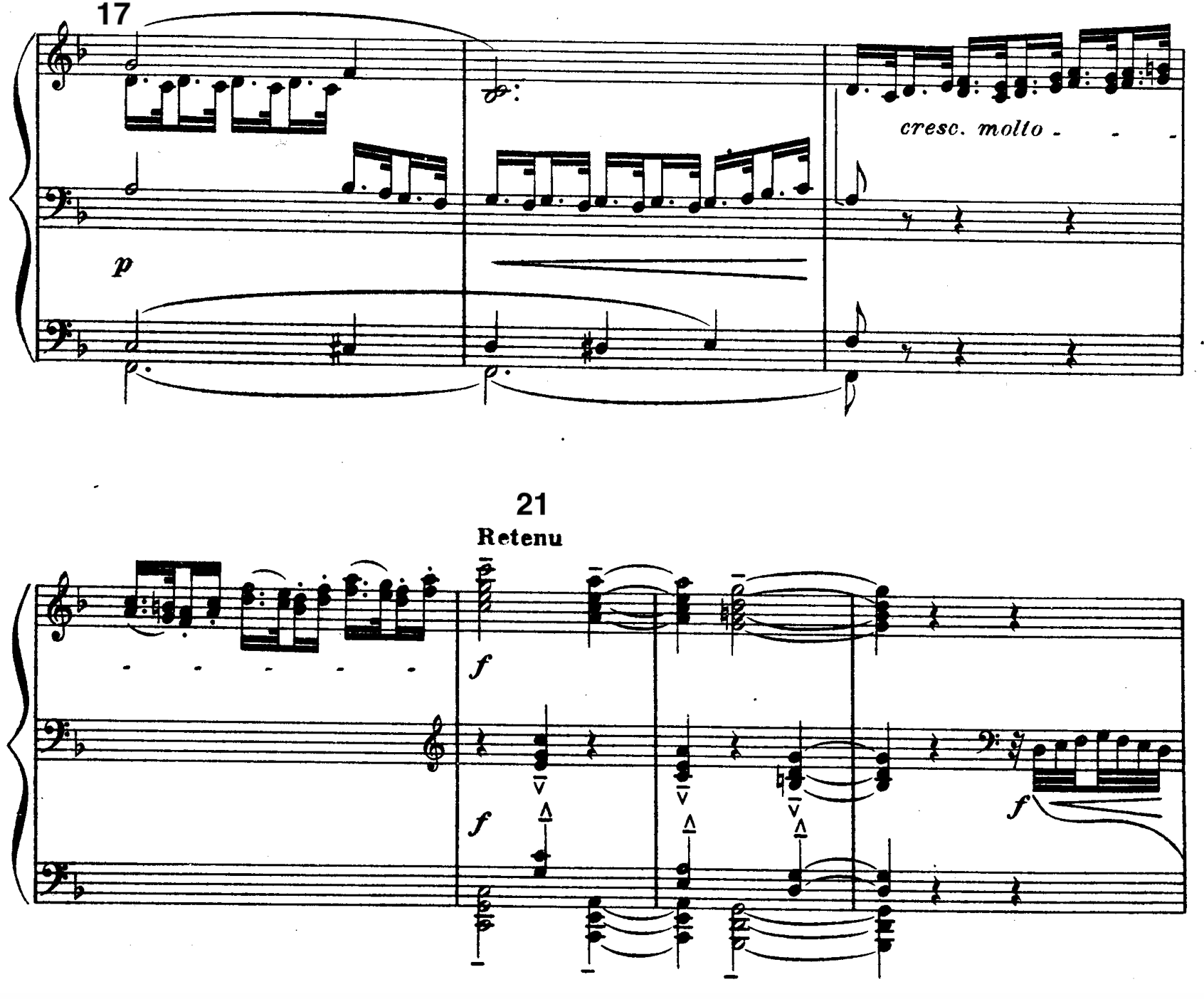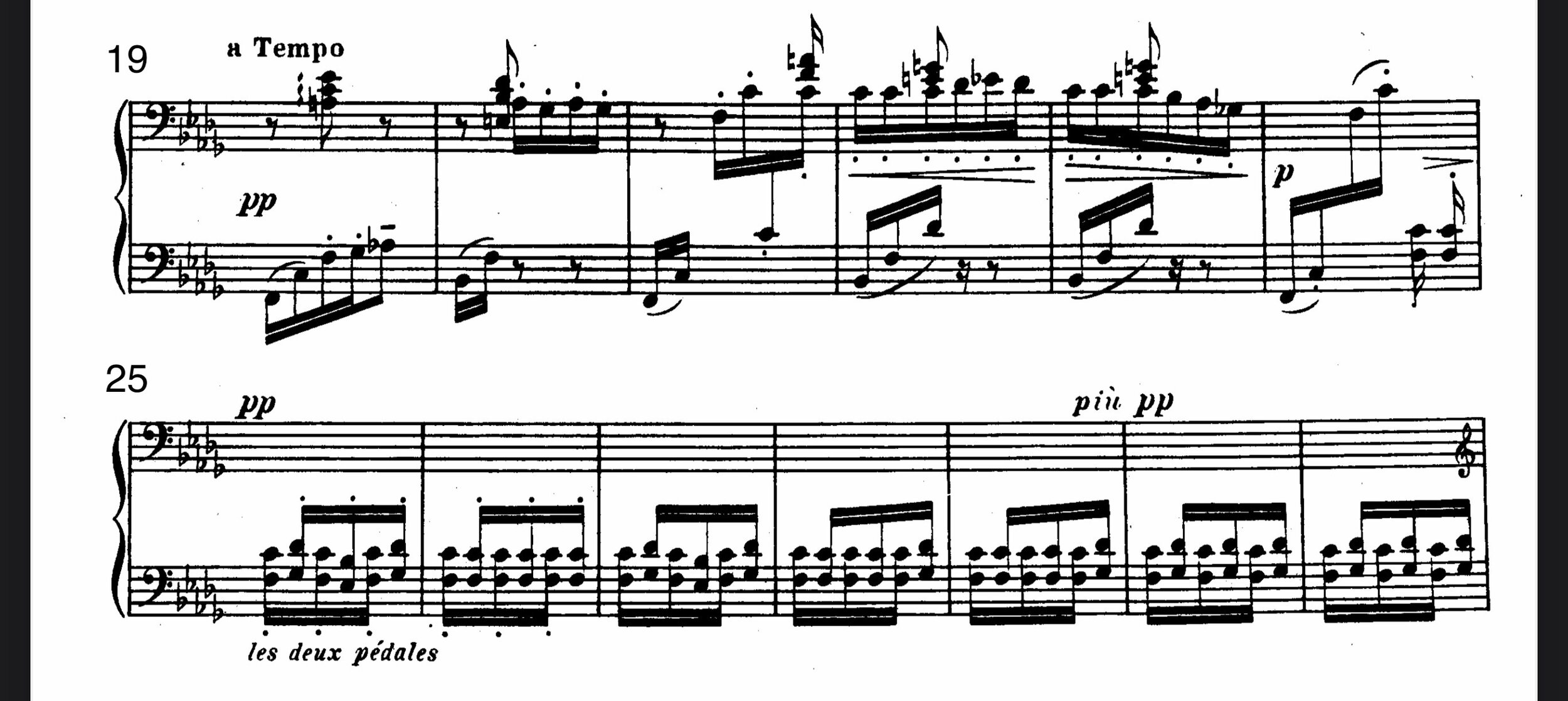The Winter Recital is quickly approaching! As students prepare to showcase their hard work, it’s wise to incorporate performance-specific strategies into everyday practice. Here’s a quick list of things to do (and not do!) in the weeks before a performance.
What to Do
Practice Slowly (Sloth Speed)
Accurate slow practice prevents us from practicing mistakes into our muscle memory. How slow is slow? I typically tell students to find a tempo that they think is slow—then make it even slower! Playing slowly and intentionally helps build restraint and mitigate the tendency to rush under pressure.
Quiz the Beginning
Several times a day, walk to the piano as if it were the day of the recital. Take your time, ensuring that the bench is at a comfortable height and distance from the keyboard. Find the starting position of your piece, play the first few measures, then stop. This practice strategy only takes a few moments, and playing the beginning of the piece at varying times throughout the day will cement the process of beginning a performance into the long-term memory.
Work Backwards
It’s also helpful to emphasize the end of a piece to ensure a strong and confident finish. Practice the last few measures of your piece. Listen closely to your sound: does it tell the story or communicate the idea that you have in mind? You may also do cumulative backwards practice. For example, play the last line of the piece, then the last two lines, the last three lines, etc., until you’ve worked back to the beginning.
Create Landmarks
Use the existing structure of your piece (e.g. ABA form, binary form, etc.) to create several starting points. The beginning of each formal section is a great starting point; from there, individual phrases or changes in dynamics, texture, rhythmic patterns, or hand position are suitable landmark locations. If you make a mistake and have difficulty moving past it, you can go back (or forward) to the nearest landmark rather than the beginning of the piece. Landmarks are especially helpful when working from memory! Some students even give creative names to each section to make landmarks memorable.
Mock Performances
Students can practice performing for family, friends, and pets. Be sure to include walking to and from the piano and bowing into at-home performances!
Things to think about in a mock performance:
How will I approach the piano?
How will I start and end the piece?
What will I do if I make a mistake?
How will I bow?
How will I leave the stage?
Record yourself
Recording your playing allows you to listen to yourself in a new, objective way. The recording might reveal parts of the music that need a bit more practice. For example, perhaps some dynamic contrasts are not as pronounced as you thought, or there are passages where the melody isn’t projecting enough. Being aware of any issues uncovered in the recording can help guide practice in the weeks before a performance, ensuring smart use of time.
Becoming comfortable listening to our playing can also help us to look on the bright side; if you made a mistake while playing for the camera, you might realize upon listening that the blunder isn’t nearly as big as it felt in the moment!
Practice “in Your Brain”
Mental practice is a powerful tool, and you can do it anywhere! Think through your piece from beginning to end, singing it in your head. Where are the loud parts? The soft parts? What is happening in the musical story?
Create a Mantra
As I prepared for my graduate recital, I developed a mantra to recite when anxious or negative thoughts crept in. My mantra was “you’ve done the work,” referring to the countless hours of practice and care I poured into my recital program. Creating a mantra that addresses your unique challenges can help control pre-performance jitters.
Mindfulness Exercises
Take a deep breath through your nose. Feel the cool sensation of the inhale in the back of your throat. Focus on that feeling. Repeat this process, adding a predictable rhythm (e.g., breathe in for four beats and out for four beats). This exercise can help you feel less nervous and distract you from worried thoughts.
What Not to Do
Practice too much
Over-practicing before a performance can lead to fatigue, burnout, and even repetitive stress injuries—especially if you suddenly increase the amount of daily practice to “cram” for a performance. If you’ve exercised good practice habits leading up to the recital, there’s no need to add excessive time to your practice routine.
Last-minute changes
Changing fingerings and major interpretive elements close to a performance isn’t ideal. Last-minute changes can disrupt pre-performance practice routines and be a distraction during the performance itself.




























































